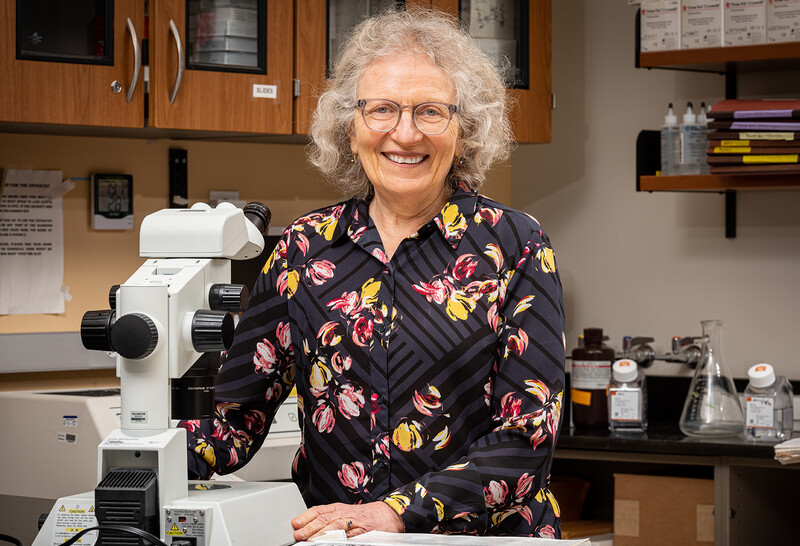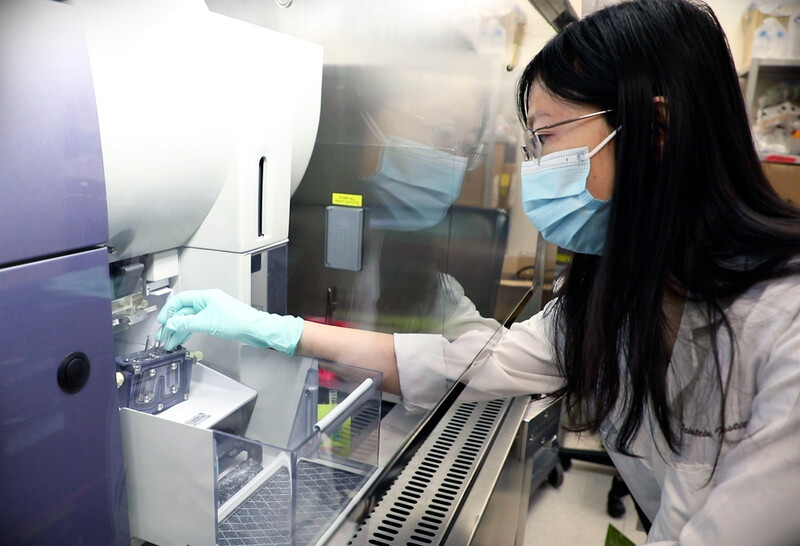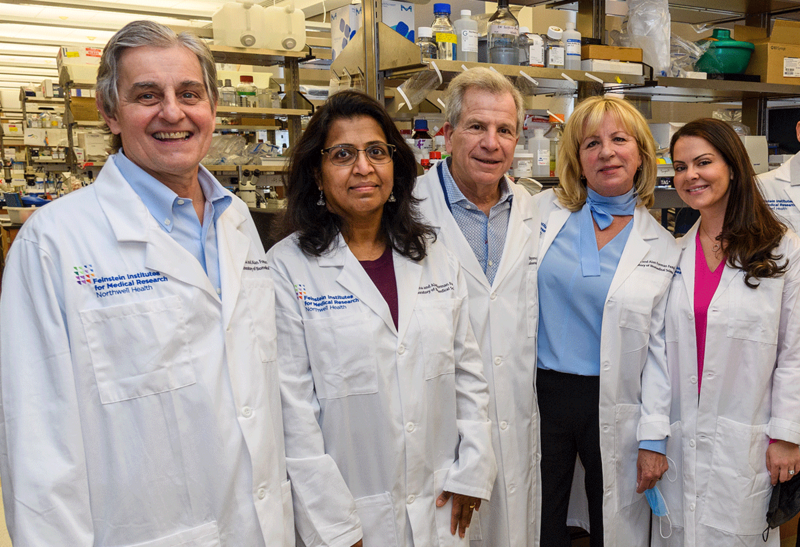The complex autoimmune disease affects people differently, causing persistent joint pain, brain fog, fever, rashes and extreme fatigue. The symptoms come and go, which can make it hard to work or plan your life. Treating lupus involves regular adjustments to medications to minimize these flare-ups — but breakthroughs in research are unlocking the potential to improve therapies and possibly discover a cure.
Scientists at the Feinstein Institutes for Medical Research have spent years unraveling the changes that occur in people with systemic lupus erythematosus (SLE), the most common type of lupus, affecting an estimated 200,000 Americans and millions around the world.
Now, a $3 million Global Team Science Award from the Lupus Research Alliance will help scientists at the Feinstein Institutes and collaborators to translate the latest in molecular research into better therapy for patients, potentially freeing them from the pain and unpredictability of lupus.
A pioneer in the basic science research of SLE and other autoimmune disorders, Betty Diamond, MD, director of the Institute of Molecular Medicine and the Maureen and Ralph Nappi Professor of Autoimmune Diseases, will lead a global team of scientists to probe what causes lupus symptoms to both flare up and go into remission.
“Thanks to the generous support of the Lupus Research Alliance, we hope to develop new tools in assessing remission, identifying new signs of lupus flare-ups and novel potential drug targets,” says Dr. Diamond, who was elected to the National Academy of Sciences this year for her breakthrough achievements in molecular medicine and science. A former president of the American Association of Immunology, Dr. Diamond is also a fellow of the American Association for the Advancement of Science and a member of the National Academy of Medicine.
Through the support of the award, Dr. Diamond and her team aim to characterize the body’s immune and brain response in small numbers of diverse people with SLE who are in drug-free remission. Using brain scans and cell analysis, researchers will examine which cells are active and inactive during remission, how the brain changes during this time and whether certain immune response biomarkers can help track the progression of the disease. Understanding the pathways involved in SLE remission can help physicians create new strategies for better health.
“The global research team led by Dr. Diamond is addressing a critically important and understudied question in lupus utilizing a unique patient cohort,” says Teodora Staeva, PhD, vice president and chief scientific officer of the Lupus Research Alliance. “This project could be highly impactful to people with lupus by providing new approaches to understanding and treating the underlying cognitive issues in the disease.”



